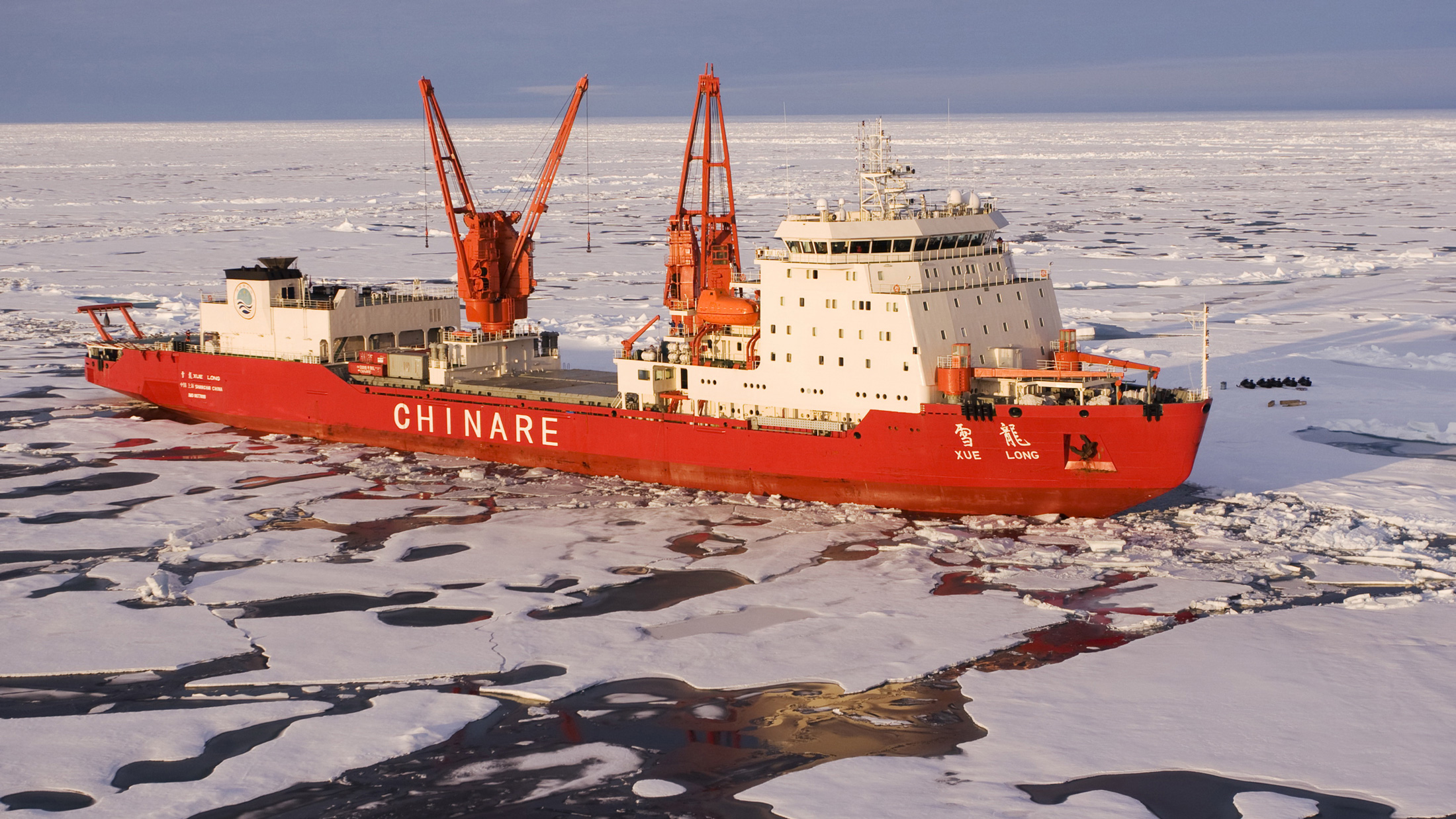...and the beat goes on. I wonder what all the deniers will say..when they are watching the ocean rise..."Oops"?
Has the word 'doomsday' lost all meaning?

mashable.com
As many
climate change activists are pointing out lately, the "doomsday" implied in the term "Doomsday Glacier" — the nickname given to the Thwaites Glacier in Antarctica — may be coming soon. But what will that day actually be like?
As noted in a
scary new paper in the journal
Nature Geoscience by a team led by geological oceanographer Alastair G. C. Graham, the Thwaites Glacier in Antarctica may be closer to a major disintegration event than previously thought.
Here’s what’s new in our understanding of this situation: This new study involved analyzing ridges on the sea floor. These rib-like formations reveal strong evidence of the glacier’s location for centuries as the tide nudged it each day. This is different from previously gathered data about the glacier, which was pulled from satellite maps of the ice as it edges closer and closer toward a total (or near total) collapse into the ocean.
Using this new way of measuring the glacier’s "footprints" if you will, we now know a sudden melting event occurred over the course of six months at some point in the past 200 years. In that brief span, the section of glacier causing those formations on the ocean floor retreated at twice the rate that satellite photos had been able to detect. That means in addition to the steady loss of mass scientists already knew about, there are also rarer, and scarier, pulses of very rapid disintegration.
"Thwaites is really holding on today by its fingernails, and we should expect to see big changes over small timescales in the future," marine geophysicist Robert Larter, one of the study’s co-authors, said in a
statement to the press.
So the breakup of this glacier appears imminent, and the consequences of that breakup are no joke. According to a
2020 estimate from the International Thwaites Glacier Collaboration, four percent of climate change-caused sea-level rise so far came from Thwaites alone, and a sudden total collapse would raise sea levels 25 inches more. (Importantly, a Thwaites collapse could eventually — over a longer timeframe of perhaps centuries — unleash up to
eight more feet of sea level rise from its glacial neighbors.)
"Scientists want to find out how quickly this could happen," the communications manager for the Collaboration, Athena Dinar, wrote in a statement.
How quickly is the Thwaites Glacier melting?
The question of how fast Thwaites is deteriorating is an urgent one. For around the past decade, the glacier has receded by about half a mile per year by relatively warmer ocean waters eroding the glacier from below —
which is a lot. "It is a tremendous rate of retreat," Sridhar Anandakrishnan, a professor of glaciology at Penn State University who visits and researches the Thwaites Glacier,
previously told Mashable.
But if Thwaites loses its grounding to a key ridge on the ocean floor, this rate of retreat could increase significantly (the new research showed that Thwaites experienced an ice loss of 1.3 miles per year at some point in the past two centuries).
A sudden glacial breakup will see a mind-boggling quantity of new water suddenly dumped into the ocean, and it’s hard not to imagine the water rising all at once, like when you dunk a big ice cube into a full glass.

